Pinot gris is a white wine grape variety, especially common in France. Besides there it is grown in numerous countries, including Italy, Germany, Switzerland, Hungary, Moldova, Ukraine, Romania, South Africa, the US, Chile and New Zealand. The variety can also be seen bearing the names pinot grigio, tokayer, Tokay d'Alsace, gray pinot and others.
As with every wine variety, Pinot gris has distinguishable characteristics. It has rounded leaves of medium size. They are tripartite or pedate, with triangular serrations. The grape cluster isn't very large (about 3 oz (90 g)), cone or cylinder shaped. The grapes belonging to it are also tiny, weighing about 0.04 oz (1.5 g). Initially they have a round shape but are often deformed. They are gray-pink but very frequently come in other colors. There are blue and brown grapes of it as well. Each grape has 2-4 seeds. Pinot gris is used to make select dry white wines, sparkling wines and material for champagne.
The flesh is juicy with a pleasant taste, covered by a thin skin. In this sense, Pinot gris is very similar to Pinot Noir but experienced winegrowers would immediately differentiate the 2 by the lesser pigmentation on the skin of Pinot gris. The sugar content of the fruit is up to 25 g per 100 ml. The acid is 4.5-7 g per L. Typical of it is the rapid decline of acids almost immediately after it reaches optimal ripeness, which is why the moment of harvest needs to be chosen carefully.
Pinot gris prefers hillsides rich in humus-carbonate or gravelly soils. It belongs to the grape varieties that ripen in the first days of September. When grown in suitable conditions, the vines develop at a moderate pace. They have high fertility and medium yields. Pinot gris is a variety that has more positive qualities. It is not sensitive to low or high temperatures. In addition it has the ability to recover quickly. Of course the variety does have a few vulnerabilities - it is not resistant to molds, gray mold and oidia.
History of Pinot Gris
The roots of Pinot gris need to be sought in France. It is thought to have descended from the same family as Pinot Noir. There are hypotheses that Pinot gris has been known to winegrowers since the Middle Ages. Up until the 18th and 19th centuries, these vines were highly widespread in Burgundy and Champagne. Scientists from the University of California have come to the conclusion that Pinot gris has a similar DNA profile to Pinot Noir. According to them the difference in the color is because of the genetic mutation that happened centuries ago.
Characteristics of Pinot Gris
As a descendant of Pinot Noir, Pinot gris yields soft and aromatic wines, with a harmonic aftertaste. They are recognized by their freshness and excellent acidic balance. A single gulp of this wine is enough for the drinker to feel its gentleness and taste citruses, pears or lemons. The color of these wines can vary since it is highly dependent on the conditions the vines grow under, as well as the containers in which the wine is aged.
The ready to drink alcoholic beverages are white or golden colored. Some achieve a pink color. The aroma of Pinot gris is compelling. It reminds of different fruits, among them peach, green apple, apricot. Aging has a remarkable influence on them since over time the elixirs of this grape perfect their qualities.
Serving Pinot Gris

Pinot gris is considered an aristocratic wine. Its presence at the dining table is in itself an incredible event, which is why it should be served accordingly. This benign drink needs to be served slightly chilled, the temperature being somewhere around 50°F (9°C). Serve it in the well familiar wineglass with a stem and foot and if you would like to feel the distinctness of the drink even better you can go for a slightly elongated glass. When pouring in the wine take care not to over fill the glass. Tradition dictates that it should only take up 2/3 of the container.
Also consider the specialties that you intend to serve with the grape elixir. After all, they must not overshadow it but rather reveal its best qualities. Chefs are of the opinion that light foods combine best with Pinot gris. That is why you can serve it with flavorful fish, the type not being particularly important. White fish is a wonderful solution.
Specialties such as oven baked white fish, grilled fish with cream and fried white fish are some of the most seductive additions to Pinot gris. If you prefer dishes with a liquid consistency, you can bet on a fish soup. If you prefer other seafood specialties, then prepare a dish with lobster, shrimp, oysters, crabs or others.
Pinot gris goes with bird meat as well - smoked or roasted duck, chicken or turkey meat. If you would rather try a meatless specialty, then combine Pinot gris with mushrooms. Fry, crumb or boil them. Make sure not to go overboard with spices since that may dull the qualities of the wine.
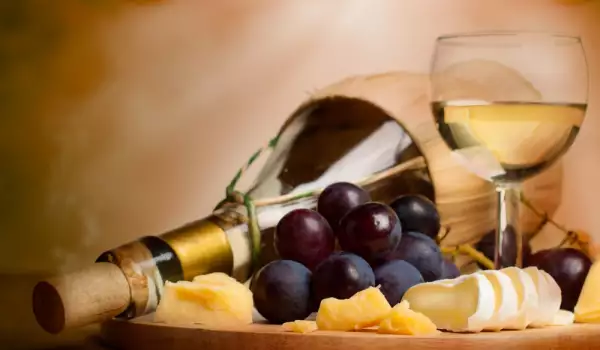
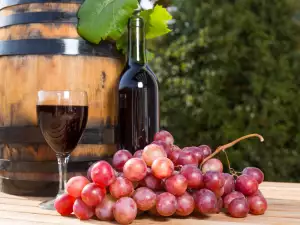



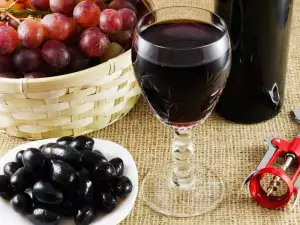








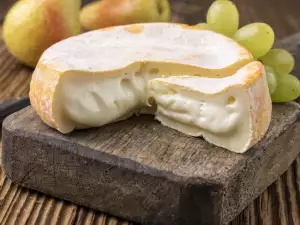
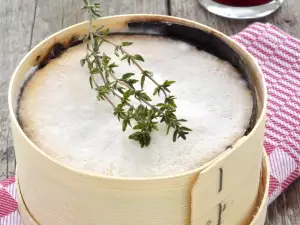
Comments